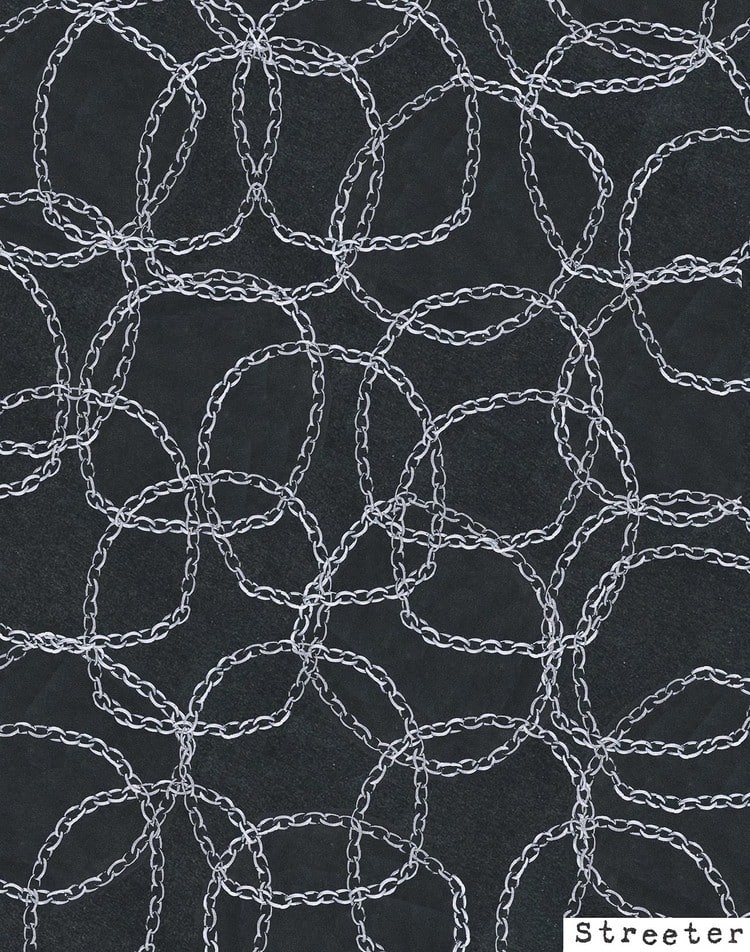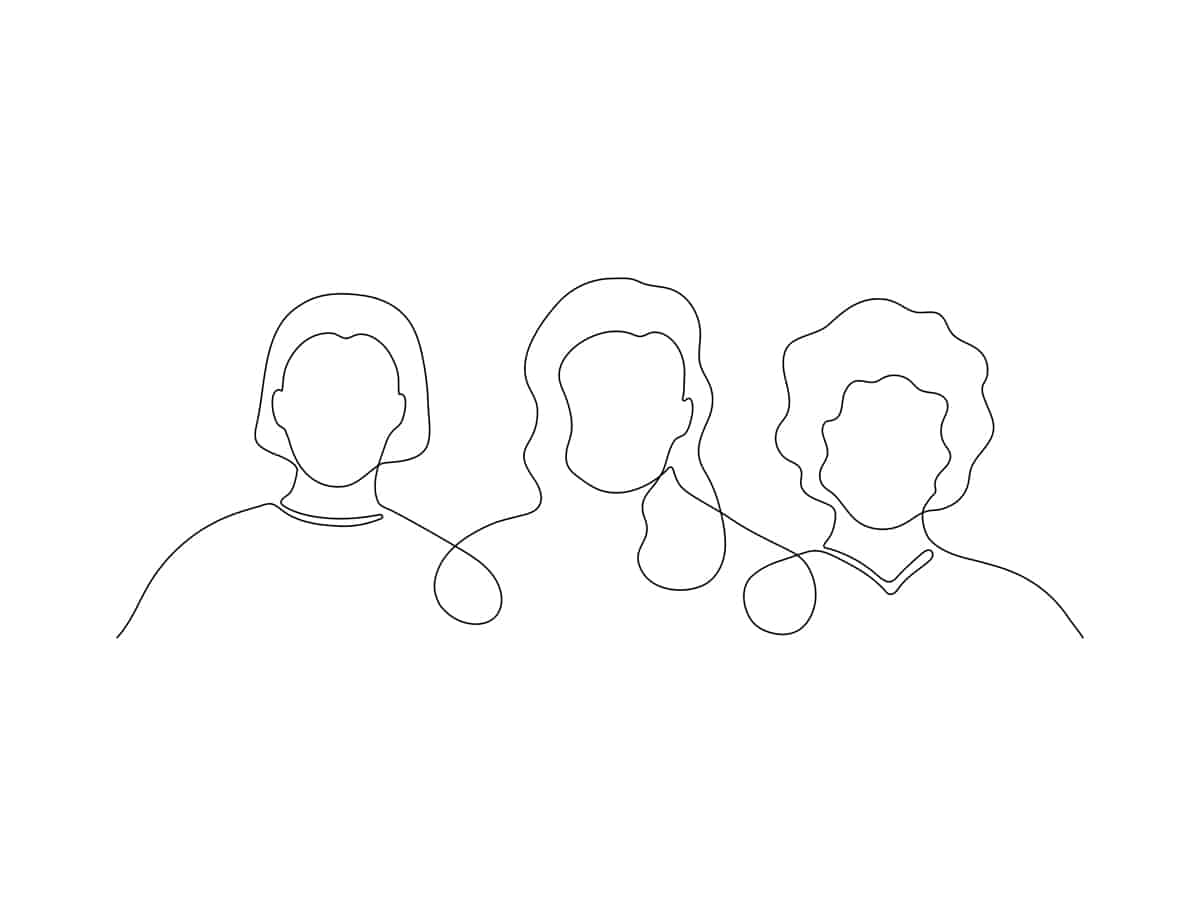If you’re doing this right, there is no downside. Are you kidding? I draw robots and spaceships and car and trucks all day long and I pay the mortgage in the process. What’s not to love?
While the relationship to her art and career has changed through the years, Katherine Streeter says that her love and commitment to her job as an illustrator has always been the most constant sure thing in her life. “There have been many turns along the way,” she admits. “Change is always a given in life. Of course that goes for career and lifestyle as well. Freelancing is risky. It fits for some personalities, but it’s certainly not for everyone.
“I’ve been at this a long time,” Streeter says, “and sometimes I can’t believe that I’m still surviving as a freelancer; that work has been steady enough to pay rent all of these years.”
Here are her tips for working as a freelance illustrator:
Be Optimistic
Over the years, Streeter has dealt with some standard anxieties of the freelance life: failure and rejection, living on the edge of security, and taking risks.
“It’s easier to take risks at twenty than at forty, but this job is always about risks,” she points out. “So I realize that I must be who I am and that perhaps a completely secure situation would actually bore me. Maybe that will change down the line. I’ll be open to it if it does; but for now, I still get great satisfaction out of this gig and remain optimistic.”
Streeter maintains that this is pivotal: you must be optimistic and believe that there is a place for your work—somewhere.
“If you are pessimistic then it will be a dark road moving forward because there will always be rejection,” she says. “The percentage of jobs that come from one promotional blast is usually low. There are killed assignments and criticized concepts. But this is all as it should be; it is the way the industry works.”


Find Balance
Streeter believes that failure allows a person to grow—in life and in art. “This is where the optimism comes in,” she says. “In the face of failure, it is hard to see that as a positive thing, but if you allow it to teach you something, then you get stronger.
“My studio is full of piles and piles of years’ worth of art,” says Streeter. “I sometimes think that I should stack it all into a bonfire and let it go, but sometimes I like to look back and sift through the piles. They are reminders of my journey with style and craft. And I’m able to objectively see my own creative growth in a way that is impossible to witness in the moment.
“In a pile of 100 pieces, there might be two or three that seem worthy. The pile is full of failed attempts, but each failed piece brought me that much closer to the ones that won awards.”
“It’s been healthy for me to keep my own work going all the time,” Streeter says. “My personal side projects allow me to feel balanced so that all of my heart and soul does not go into the commercial work (if that was the case, I would probably take rejection a lot harder).”
For Streeter, failure is more in her gut than her head. She may understand logically that something works for the context it is in—i.e., there are pieces that get chosen or accepted or are printed—but in her mind’s eye, it’s “this could have been better,” or “I wish another concept I proposed had been chosen.”
Still, she lives with it and moves on. “The work I do that feels the most like me is on that gut level,” Streeter says. “When I experiment outside of my illustration jobs, I let myself get back to my true voice. Sometimes I lose [that true voice] if I’m too worried about creating a piece to fit the assignment, if the focus is only about solving the problem or creating something to please the art director. These things are important, of course, but if I forfeit my own vision, then to me that is a failed piece. When this happens, it is a reminder to me to maintain the balance of my personal work with my commercial work I mentioned previously.
“Everyone must find their balance. For some, illustration is everything, their total focus and survival; and for others, it is a part-time job and they are able to choose the assignments that best fit their schedule or interest.”


Roll With It
“Changes? I tend to roll with them,” Streeter says. “I get restless when things stay the same too long anyway. The goal is hopefully to keep changing for the better, but freelancing is a roller-coaster ride, and there are changes that happen for the worse sometimes. The economy goes up and down; budgets vary; design and trends change, and public interests shift. There’s the fear of print dying. Art directors switch jobs.
“And a person changes. Most people who create will grow as they make work over the span of many years. Fitting into a place as one’s work changes is ideal but sometimes there are awkward growth spurts where there is nowhere to fit in. It’s okay—that will change too.”
Look at the Big Picture
“Distraction is always there,” says Streeter, “beautiful sunny days; kids and family schedules; life obligations and personal problems; dark (and light) times; the constant stream of social media. It’s a challenge to stay focused, but an exercise to keep that in check.


Appreciate Your Deadlines
“Assignments give me a sense of purpose more than personal projects do,” says Streeter. “Assignments also give me a deadline, which is something I work well with.
“The process of illumination is powerful and important, especially when starting out,” Streeter says, “but it is not for everyone. It’s important to keep trying until you find what you are best at doing.
“I am most content when I’m producing something, even if it’s a scrapbook gift for my sister. I am happy when I’m being creative. If I can spend at least part of every day doing or planning something creative, then I’m balanced.
“But it is more of a challenge for me to stick to my own project deadlines, which are never really set up because I want my personal work to breathe and change as it needs to. This happens more when the projects are free of constraints and boundaries.”
Excerpted with permission from Starting Your Career as an Illustrator von Michael Fleishman. Copyright 2016, Allworth Press, an imprint of Skyhorse Publishing, Inc.
Illustrations by Katherine Streeter. See more on her Illustrationsmappe unter www.katherinestreeter.com.












